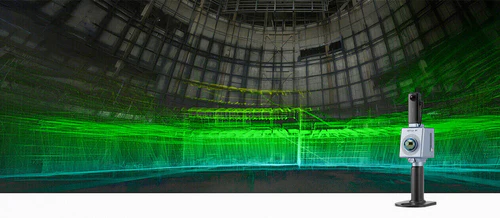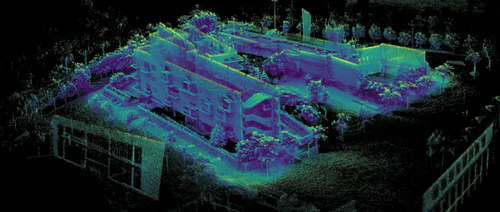Lidar Scanning for Beginners: How to Achieve Accurate Results with Portable 3D Scanner
Key Attributes to Consider Using Portable 3D Scanner
In this section, we will introduce some of the key attributes of LiDAR sensors and how to consider them when using scanners like the FJD Trion portable 3D scanner for sale.
Firstly, line of sight is essential when using a portable LiDAR scanner. When scanning an area, keep in mind that solid objects or smoke can obstruct critical areas. Thus, it is important to plan your scanning missions to avoid such obstructions.
Secondly, highly reflective surfaces like glass or metal can cause multiple reflections or “echoes”. These reflections can create inaccuracies in the data. Therefore, you’d better consider the reflectivity of the surfaces scanned.
Additionally, LiDAR sensors have a maximum scanning range. The range may be affected by the reflectivity of the surfaces scanned. Ensure you’re scanning within this range to capture accurate data.




